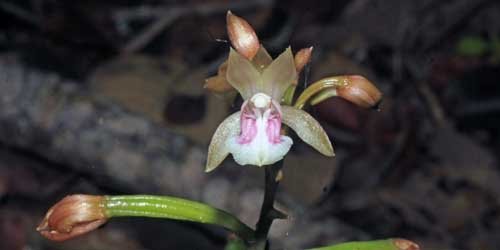Since 2018 Wageningen University & Research and Carmabi cooperate in bringing together historical and recent data on vegetation composition and plant species distribution on the six Dutch Caribbean islands. Plant observations from this CACTUS database are now online available through the Dutch Caribbean Biodiversity Database (DCBD) website http://speciesdistribution.dcbd.nl. A lot of data presented directly on the map background can be found on https://www.dcbd.nl/island/saba.
The CACTUS database consists of about 2500 digitized vegetation relevés, resulting in about almost 40,000 plant species observations. These have been complemented by about 10,000 plant records from digital photos, citizen science databases, GBIF, inventory reports and additional field records. For more than 80% of the occurring total of native and naturalised non-native vascular plant species on the six islands some observations are now available, mainly covering the period 1950-2022. Currently, an NLBIF project is carried out aiming at digitizing additional historical herbarium records for all six islands.


Data are presented on a 1×1 km grid resolution on the website (figure 1). Geographically more detailed data are available upon request, for scientific and conservation purposes. The website allows the selection of observations within time periods, which enables trend analysis of distribution patterns of species, (figure 2), especially in cases where the data availability is similar in compared periods. Trend analysis is an essential tool for constructing Red Lists of endangered species. Furthermore, it is possible to see data gaps for specific species, which may encourage enthusiastic plant hunters to provide new observation records of these plants.
The amount of observations per island differs strongly, with by far the most records (56%) coming from Curaçao, followed by Aruba (13%) and Bonaire (11%). For Sint Maarten data are still relatively scarce. New records are added on a regular basis, after which the presented data on the DCBD website are updated.
DCNA
 Saba News News and Information from Saba Island, Dutch Caribbean
Saba News News and Information from Saba Island, Dutch Caribbean